Europe’s largest battery powers up in Blackhillock, in Moray

by
Carbon Neutral Regulation in AI Training

by
An area outside the substation in 2006 (image credit: Des Colhoun, CC BY-SA 2.0 license). Zenobē, an owner and operator of grid-scale batteries on the GB transmission network, has announced that Europe’s largest battery site, located in Blackhillock, Scotland, has begun commercial operations. The Blackhillock site is launching in two phases. Phase 1 comprises of […]

by
Leading US artificial intelligence companies OpenAI, Anthropic, and Google have warned the federal government that America’s technological lead in AI is “not wide and is narrowing” as Chinese models like Deepseek R1 demonstrate increasing capabilities, according to documents submitted to the US government in response to a request for information on developing an AI Action […]
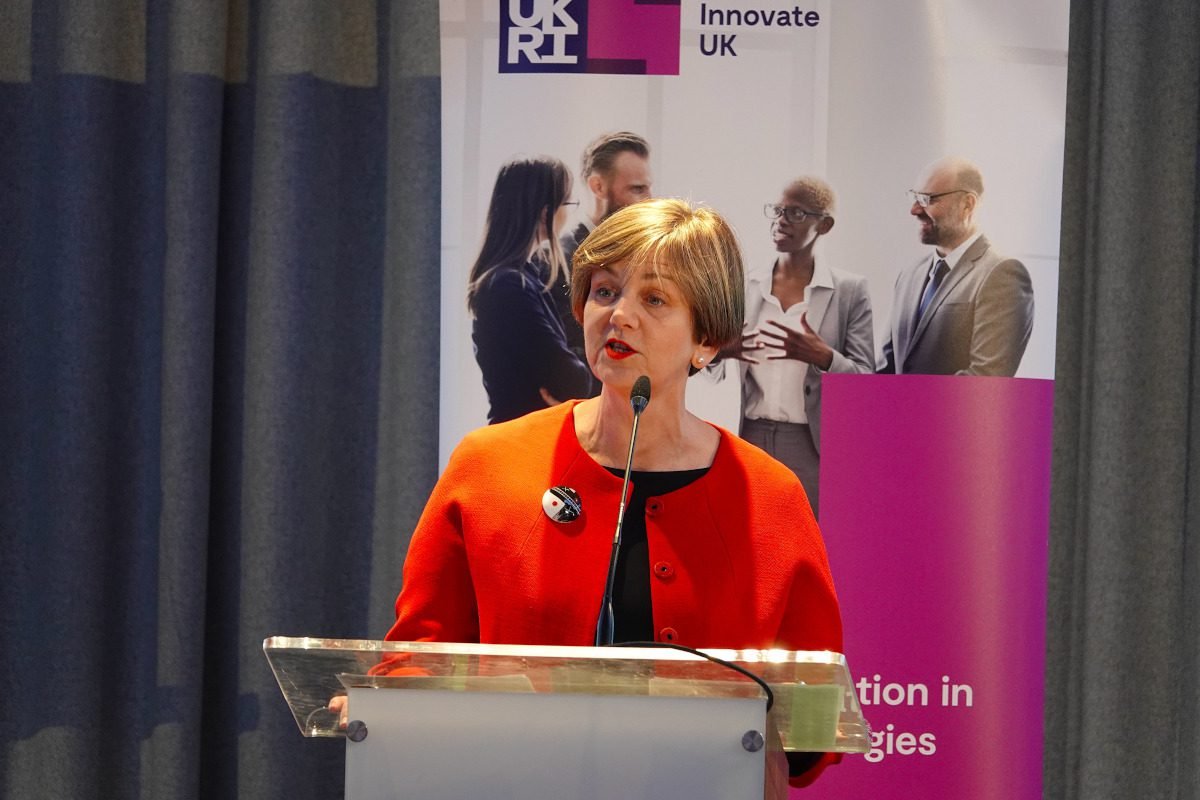
by
Roads Minister Lilian Greenwood addressed the ZEHID progress summit in London on 6 March. Plans for 54 new charging hubs to power zero emission lorries have been announced. The Zero Emission HGV and Infrastructure Demonstrations (ZEHID) programme, delivered by Innovate UK in partnership with the Department of Transport, is deploying hundreds of zero-emission HGVs alongside […]

by
Benjamin Harvey, Ph.D. has experience in data science and artificial intelligence, with a background in academia, government, and the private sector. As the CEO and Founder of AI Squared, he oversees a team working on integrating AI and machine learning into web-based applications. AI Squared aims to support AI adoption by integrating AI-generated insights into […]
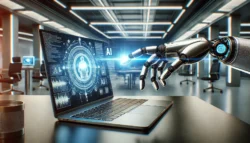
by
Proof of Concept (PoC) projects are the testing ground for new technology, and Generative AI (GenAI) is no exception. What does success really mean for a GenAI PoC? Simply put, a successful PoC is one that seamlessly transitions into production. The problem is, due to the newness of the technology and its rapid evolution, most […]
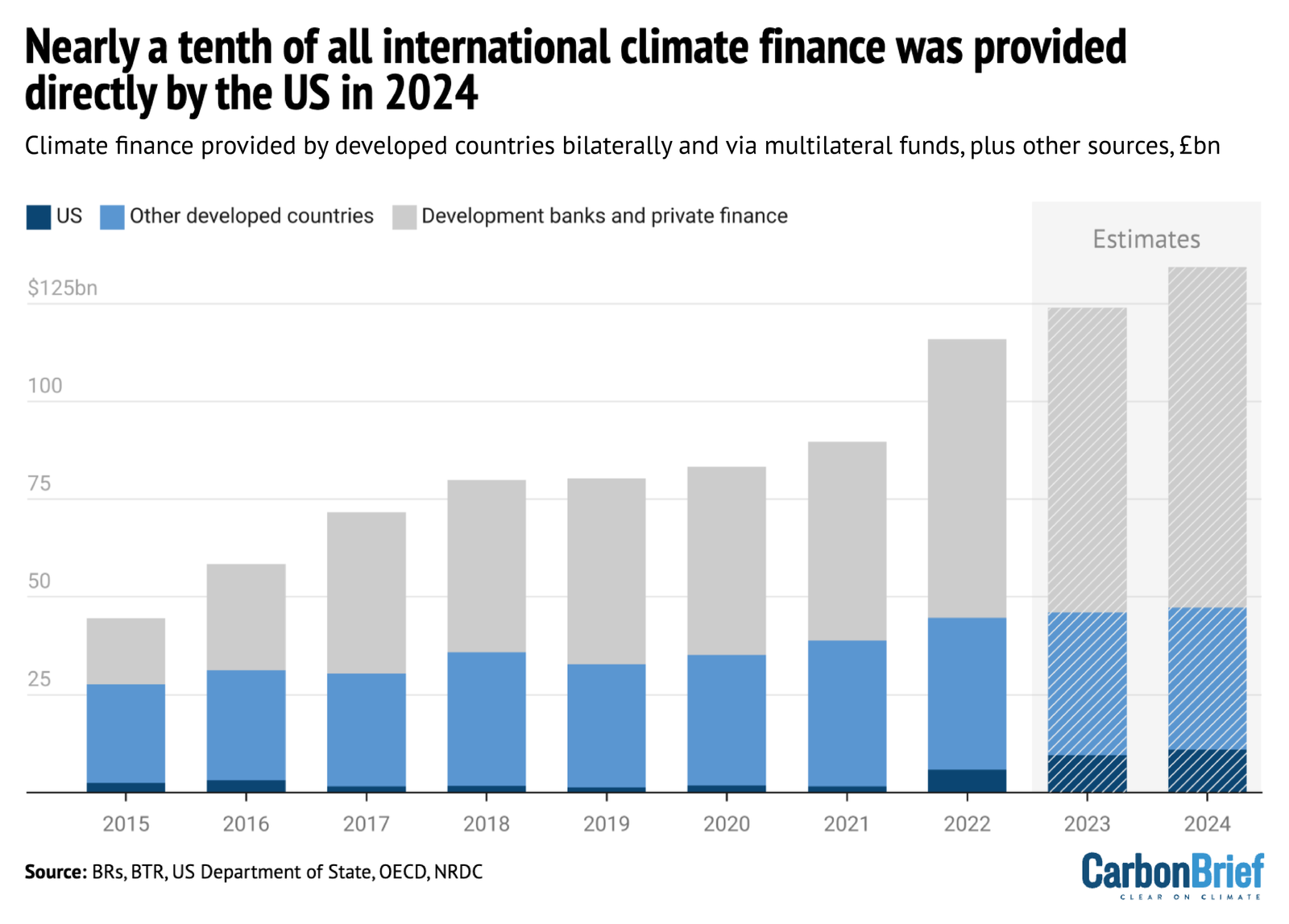
Welcome to Carbon Brief’s DeBriefed. An essential guide to the week’s key developments relating to climate change. This week US ‘180-degree pivot’ ‘SIDE EFFECT’: US energy secretary Chris Wright promised a “180-degree pivot” on climate policy while speaking in front of oil and gas executives, the New York Times reported. Addressing an industry conference in Houston, […]

by
AI avatar generators have become useful tools for streaming and other forms of AI content creation, such as enhancing presentations, automating video production, or establishing a unique on-screen persona. These platforms enable creators to generate high-quality virtual presenters, complete with realistic facial expressions, synchronized voiceovers, and multilingual capabilities. Whether you are a live streamer, a […]

China’s climate ambition at this year’s “two sessions” (两会), which ended on 11 March, was relatively subdued, with analysts expecting economic concerns to trump climate action in the year ahead. The “two sessions”, which takes place every spring, is a major political event held in Beijing that gives an indication of China’s broad policy direction […]

by
Bria, a trailblazing enterprise visual generative AI platform, has secured $40 million in Series B funding, pushing its total capital raised to $65 million. The funding round was led by Red Dot Capital, with contributions from Maor Investment, Entree Capital, GFT Ventures, Intel Capital, In-Venture, and additional support from J-Venture, Z-Venture Capital, Atinum Investment, and […]

by
Ofir Krakowski is the co-founder and CEO of Deepdub. With 30 years of experience in computer science and machine learning, he played a key role in founding and leading the Israeli Air Force’s machine learning and innovation department for 25 years. Deepdub is an AI-driven dubbing company that leverages deep learning and voice cloning to […]

by
A visit to OL3 in 2020 (image credit: IAEA Imagebank, CC BY 2.0 license). A leakage of reactor coolant has occurred at the Olkiluoto Nuclear Power Plant on the west coast of Finland, according to the operator of the plant, Teollisuuden Voima Oyj (TVO) in a 10 March statement. Around 100m3 of reactor coolant* was […]

by
Ross McLory (left) Head of Business Development for Industrial and Commercial at SSE Energy Solutions and Donald MacBrayne, Business Development Manager at Scottish Water Horizons (image credit: Iain Ferguson, The Write I). A new strategic partnership between SSE Energy Solutions and Scottish Water Horizons aims to develop low-carbon district heat networks across Scotland, accelerating the […]

by
Collecting clothing for recycling (image credit: Getty Images/Maskot). More systematic waste prevention strategies are needed to achieve regional and national sustainability goals in Scandinavia, according to a new report. It outlines practical measures to strengthen the circular economy in the Nordics, with a particular focus on waste prevention and reuse. The Nordic Council of Ministers […]

by
If 2022 was the year that generative AI captured a wider public’s imagination, 2025 is the year where the new breed of generative video frameworks coming from China seems set to do the same. Tencent’s Hunyuan Video has made a major impact on the hobbyist AI community with its open-source release of a full-world video […]
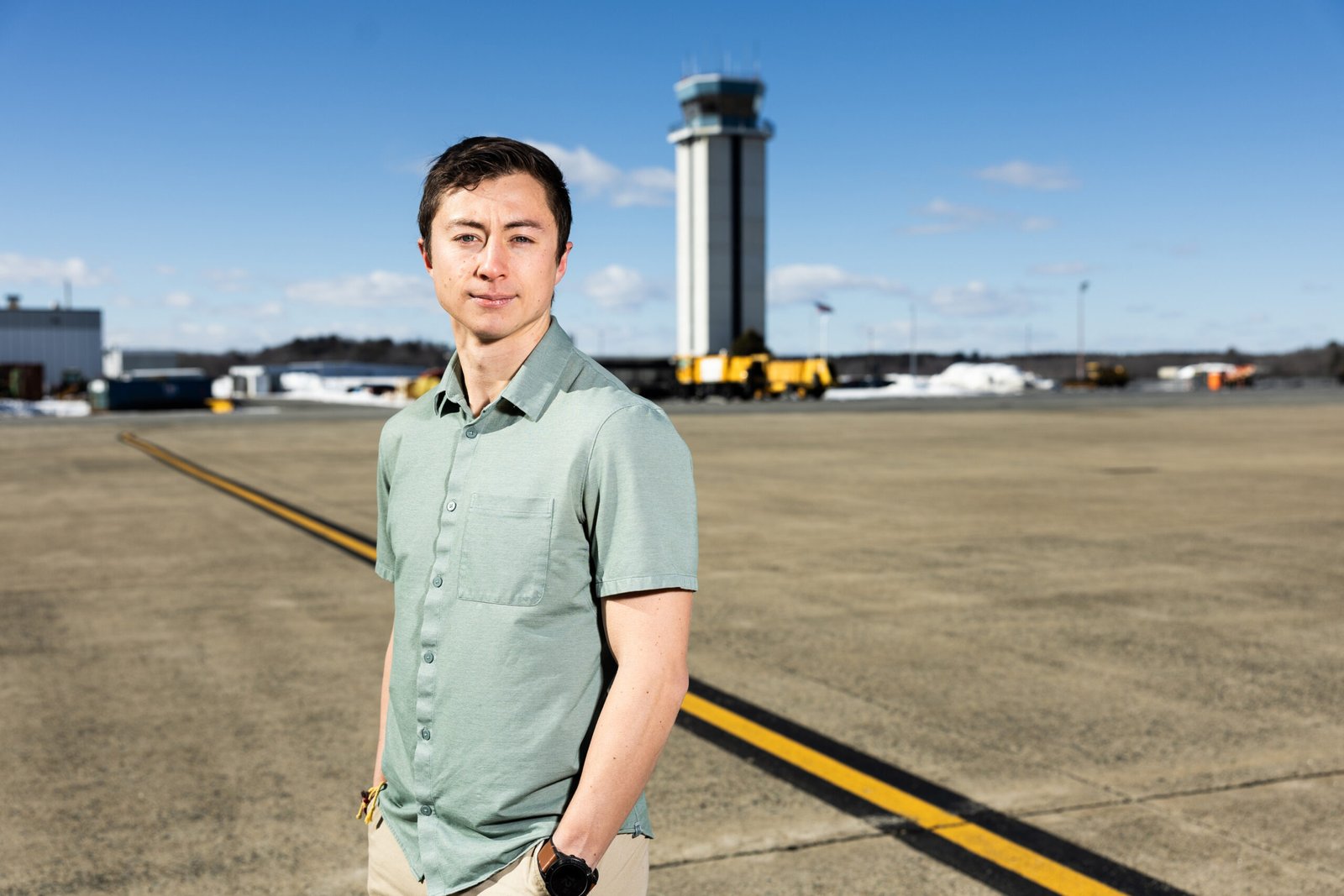
by
In 2022, Randall Pietersen, a civil engineer in the U.S. Air Force, set out on a training mission to assess damage at an airfield runway, practicing “base recovery” protocol after a simulated attack. For hours, his team walked over the area in chemical protection gear, radioing in geocoordinates as they documented damage and looked for […]
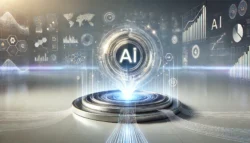
by
AI has been replete with false claims since its inception, fueled in part by a widespread knowledge gap. Those without a technical background may struggle to distinguish between terms like generative AI, symbolic AI, or Agentic AI, and we’ve seen technology companies take advantage of this by claiming to offer capabilities they don’t actually provide. […]
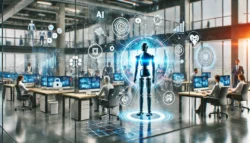
by
Fraud and cybersecurity threats are escalating at an alarming rate. Businesses lose an estimated 5% of their annual revenue to fraud. The digital transformation of financial services, e-commerce, and enterprise security has created new vulnerabilities that cybercriminals exploit with increasing sophistication. Traditional security measures, which rely on static rule-based systems, often fail to keep up […]
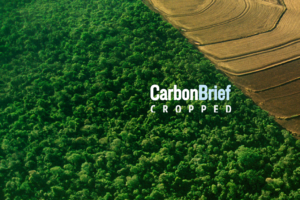
We handpick and explain the most important stories at the intersection of climate, land, food and nature over the past fortnight. This is an online version of Carbon Brief’s fortnightly Cropped email newsletter. Subscribe for free here. Key developments Trump’s logging orders IF A TREE FALLS: US president Donald Trump last week signed a pair of […]